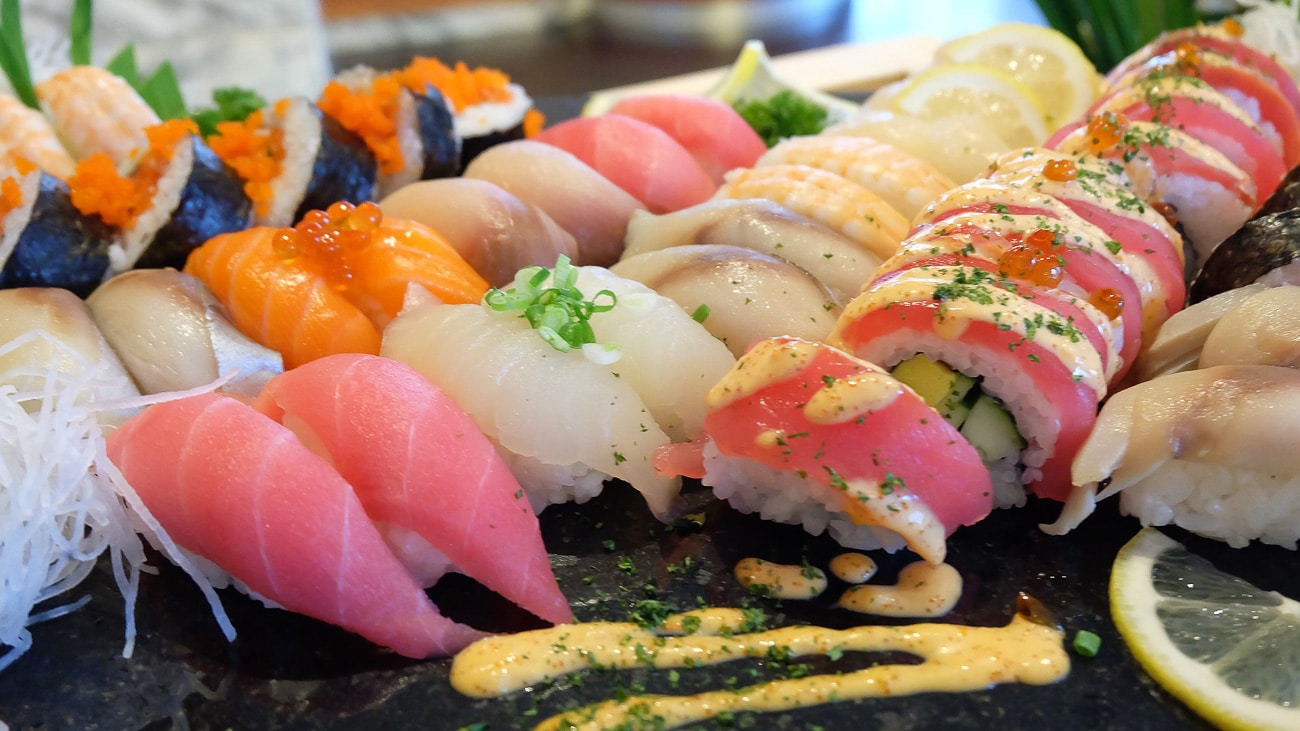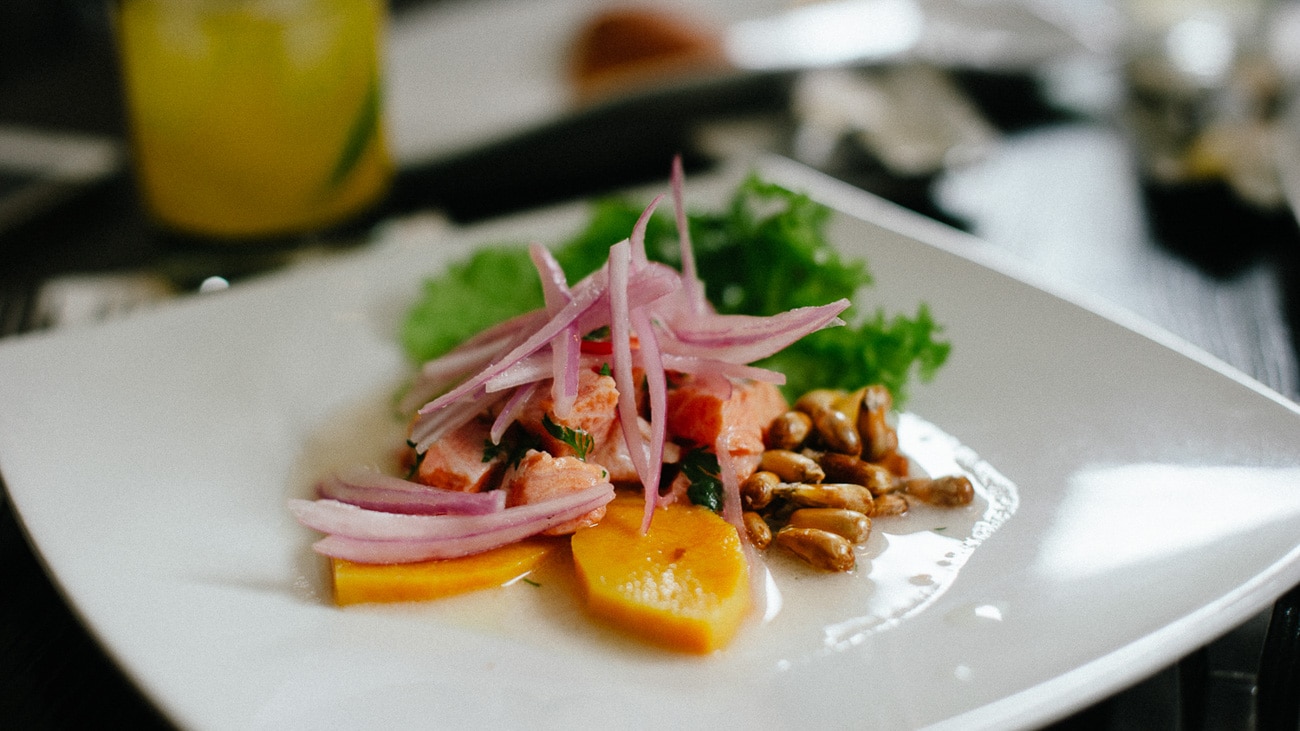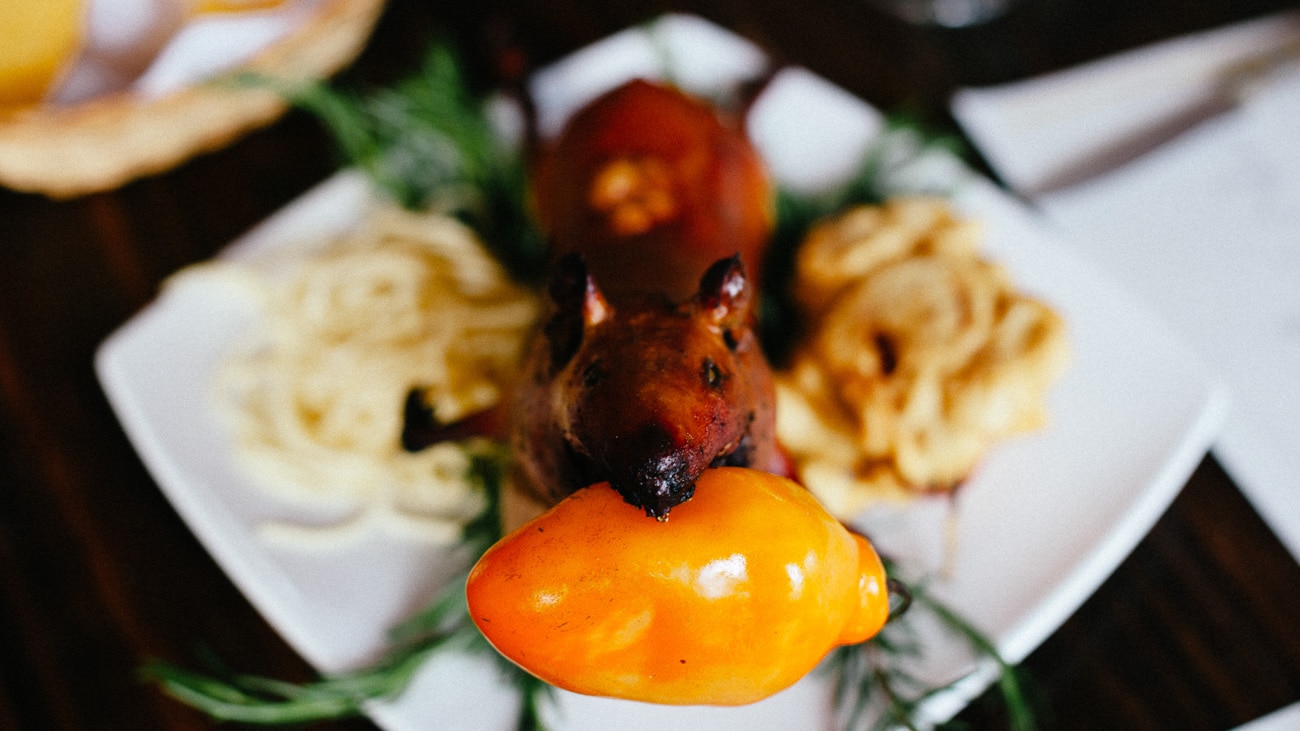If you visit Peru for its cuisine, you won’t be the first. Generations of native and global civilizations have drawn on the intense biodiversity of this South American country to combine local influences with dishes reminiscent of home kitchens around the world. Learn more about the global influences on Peruvian cuisine.
They Were There First: The Incans
Not only are the Inca the native inhabitants of Peru, they also called a vast swath of the South American continent home. The area they occupied was so massive that modern-day historians refer to it as the Incan Empire. Though the cohesive power structure dissolved with Spanish conquest, the culinary influences have remained in place largely based on not only culture, but nature and geography. Modern chefs and home cooks fill their kitchens with many of the same wild and cultivated ingredients as Incan mothers who cooked for their families.
This heirloom propagation and diversity is achieved through the incredibly rich natural composition of Peru: mountains, jungles, and coastline are all sources of unique ingredients. Thousands of potato varieties, corn, chili peppers, tropical fruits, wild game, ancient grains, and domesticated livestock are cornerstones and indigenous components of Peruvian cuisine. Additionally, the presence of the Amazon River and the cold stream oceanic currents result in abundant fish and seafood for the widely-loved ceviche dishes abundant in Peru. For adventurous eaters, make sure to try an Incan delicacy called cuy, also known as guinea pig. Cuy was a dish reserved for the Incan nobility and played an important role in telling fortunes and making sacrifices.
Hungry for Riches: Spanish Presence in Peru
In the mid-1500s Francisco Pizarro established the first Spanish settlements in Peru. Flush with zeal, ambition, and a desire for gold, he brought with him a high degree of Spanish influence, although unwelcome at the time. Spanish food contained a complicated mix of European and Arabic components as well as tastes and spices acquired through global trade. Redolent in Spanish dishes were garlic, onion, wheat grapes, figs, and other cultivated crops, as well as livestock such as cows, pigs, and goats. Livestock gave rise to the popularity of skewered and barbecued meats, such as grilled beef-heart anticucho. The farming and use of citrus fruits also came with the Spanish, now found throughout Peruvian recipes.
African Creativity: New Uses and Components
With the Spanish conquistadors came African slaves. Many Africans were present in Spanish masters’ kitchens and utilized experience from their homeland to prepare and flavor meals. The use of grains, yams, peanuts, and sugar cane is often attributed to Africans in Peru. African families generally only had access to animal products that weren’t used by the Spanish citizens, such as entrails, which they spiced heavily to bring more robust flavors to less appetizing dishes. African influence can also be found in some desserts and alcoholic drinks that are now enjoyed in Peruvian restaurants and bars. Make sure to try tacu tacu, an African twist on traditional rice and beans. Originating from slaves in colonial times, tacu tacu was a creative use of leftover beans and rice, spiced with hot pepper and garlic, and served with pork, beef, or an egg.

Chinese Influence: A Lesson in Fusion
The term “fusion” is a culinary buzzword these days, but when speaking of the Chinese influence on Peruvian cuisine, the term finds its true expression. Millions of Chinese laborers, mostly men, came to South America in the 19th century. These immigrants brought with them cooking techniques and flavor preferences that remain significant today. Across Peru people dine at chifa (a translation of “eat rice” in Mandarin) restaurants which serve Peruvian-Chinese menus created as Chinese immigrants intermarried with Peruvians, blending heritage, techniques, and flavors. The use of rice, Chinese cooking techniques, and soy sauce—all combined with Peruvian ingredients—generate the unique chifa-style experience that has become well-loved throughout Peru. Head to Lima’s bustling Chinatown to try out Chinese-Peruvian specialties like kamlu wantan, crispy fried wontons served with pork and vegetables.

That’s Not All: Other Global Influences on Peruvian Cuisine
Nikkei is the term for people of Japanese ancestry in Peru. Some of the most influential and modern cooking methods are born of this background. Artistry with sushi and sashimi is heightened with the use of local, fresh seafood. Get a taste of Japanese-Peruvian cuisine with tiradito, thinly-sliced raw fish served in a flavorful sauce. Another tradition that has British roots is lonche, a Peruvian tea service encouraging conversation with friends and family over a light meal and (of course) a cup of tea. You may also be surprised to find pasta all over Peru. Italian settlers introduced it, though it’s often seasoned with local flavors or used in soups such as menestrón.

How to Eat in Peru: Modern Food Scene
Mealtime in Peru runs an enthusiastically wide scope which makes this one of the most exciting food scenes around. From local practices, such as the traditional market in Urubamba, to Astrid y Gastón, the Lima flagship of well-known chef Gastón Acurio, hungry visitors to Peru may have a difficulty fitting it all in.
Arguably the most important local dish is el ceviche, bite-size pieces of fish or seafood which are marinated in citrus juice and mixed with peppers, onions, sweet potatoes, and other produce. There are thousands of cevicharias in Lima alone; restaurants serving this dish are as abundant as the modern mix of ingredients found in ceviche. Sampling various versions of this dish provides the opportunity to taste the influence of generations, time, and innovation.
Novoandina is a term used to describe the use of ancient, native, and indigenous Andean ingredients with modern cooking techniques. Prevailing chefs use creativity and global influences while retaining the integrity of the dish.
A Trip to Peru: You’ve Gotta Eat
People travel to and live in Peru for several reasons: ancient history viewed through traditions and exploration, discovery of the richness of our Earth through eco-travel, or luxurious leisure in city hotels and hotspots. Many go to trace their own roots in a country that’s seen global boots on her soil over many generations. Whatever draws us to Peru is enhanced by our constant hunger to experience the beautiful contrast nurtured in the kitchens of Peru.






